Blog
Jewellok is a professional pressure regulator and valve manufacturer and supplier.
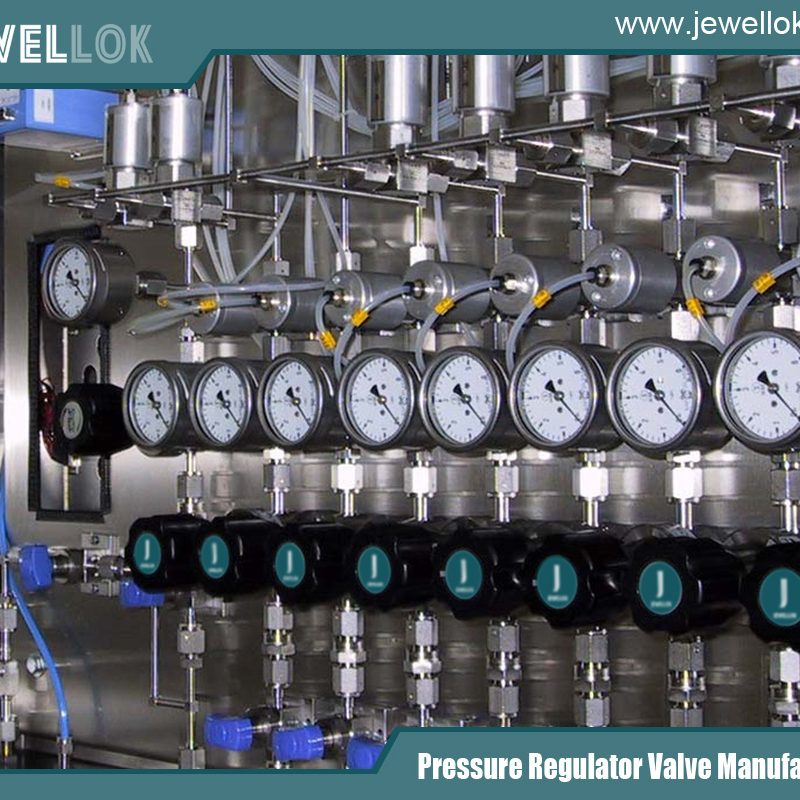
Understanding Excess Flow Control Valves: Types, Functions, And Applications
- Pressure Regulator Valve Manufacturer
- China Excess Flow Check Valve Factory, China Excess Flow Check Valve Manufacturers, China Excess Flow Valve manufacturers, Customized excess flow check valve Manufacturers, Excess flow check valve for LPG, excess flow check valve for pressure gauge, excess flow check valve for rupture disk, excess flow check valve manufacturers, excess flow check valve manufacturers in china, excess flow check valve manufacturers in india, excess flow check valve working principle, Excess Flow Valve for Pressure Gauges, excess flow valves for LPG surge protection, Natural gas Excess flow valve
- No Comments
Understanding Excess Flow Control Valves: Types, Functions, And Applications
Excess flow control valves (EFCVs) play an essential role in many industrial systems, especially in fluid handling and safety applications. These devices are designed to automatically stop or restrict the flow of gases or liquids in the event of a sudden rupture or leak in the pipeline. This feature makes them a vital safety component in systems where unregulated flow could lead to catastrophic consequences, such as in natural gas pipelines, chemical processing plants, and oil and gas refineries. This article explores the concept of excess flow control valves, their types, working principles, benefits, limitations, and various applications across industries.
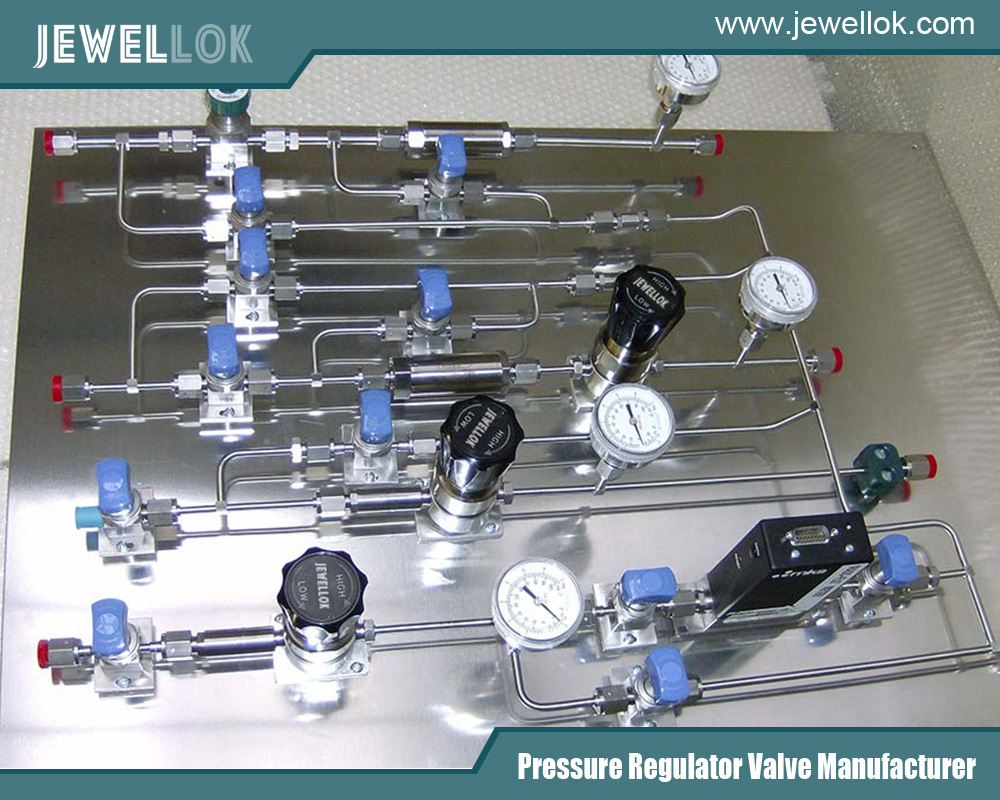
1. What is an Excess Flow Control Valve?
An excess flow control valve is a mechanical safety device that automatically shuts off or limits the flow of a fluid—be it gas or liquid—when it exceeds a predetermined rate. This happens when there is a rupture or severe leak in the pipeline, which could potentially lead to hazardous situations like fires, explosions, or environmental contamination. By cutting off the flow, EFCVs minimize the risk and impact of these incidents.
Key Characteristics
Excess flow control valves are typically found in environments where hazardous or valuable fluids are transported. They are also used where it is crucial to prevent environmental contamination or material wastage. EFCVs differ from standard control valves, as they do not rely on electronic control signals to activate. Instead, they use physical characteristics of the fluid, such as flow rate and pressure differential, to trigger closure.
2. Working Principle of Excess Flow Control Valves
Excess flow control valves operate based on a simple yet effective principle: they respond to changes in the flow rate. When the fluid flows normally, the valve remains open, allowing the fluid to pass through unimpeded. However, when there is an abrupt increase in the flow rate—often indicative of a leak or rupture—the valve senses this sudden change and shuts or restricts flow.
Key Components
The key components of an excess flow control valve include:
- Flow Sensing Mechanism: This part detects variations in flow rate.
- Closure Mechanism: Activated by the flow sensing component, it restricts or stops the fluid flow.
- Reset Feature: Some EFCVs have a reset feature that allows for automatic or manual reopening after closure.
3. Types of Excess Flow Control Valves
There are several types of EFCVs, each designed for specific applications and requirements. The primary categories include:
a) Piston-Type Excess Flow Control Valves
In piston-type valves, a spring-loaded piston moves within the valve body. Under normal flow conditions, the piston remains in position. When an excess flow occurs, the piston is pushed against a seat or an orifice, effectively blocking the flow. This type is common in gas applications, as it provides reliable closure and can handle high pressure.
b) Diaphragm-Type Excess Flow Control Valves
These valves use a diaphragm mechanism, where a flexible membrane reacts to changes in pressure or flow rate. When excess flow is detected, the diaphragm shifts, blocking the flow. Diaphragm-type valves are suitable for applications involving lower pressures and where precise flow control is essential.
c) Swing Check-Type Excess Flow Control Valves
In swing check valves, a hinged flap or disc closes against the valve seat when excess flow is detected. This type is often used in oil and gas pipelines, where it provides a quick and robust response to sudden pressure drops or leaks. These valves are reliable and require minimal maintenance, making them ideal for critical applications.
d) Ball and Spring-Type Excess Flow Control Valves
In these valves, a ball is held in place by a spring. Normal flow keeps the ball from seating, but excessive flow forces the ball to move, blocking the passage and stopping flow. Ball and spring-type valves are compact and efficient, commonly used in smaller pipelines and for applications where space is limited.
4. Applications of Excess Flow Control Valves
Excess flow control valves are widely used in industries that handle hazardous, pressurized, or valuable fluids. Below are some major application areas:
a) Oil and Gas Industry
In the oil and gas sector, excess flow control valves are critical for pipelines transporting crude oil, natural gas, and refined products. A leak or rupture in these lines could lead to explosions, environmental disasters, or extensive material loss. EFCVs are installed at various points in the pipeline to mitigate such risks.
b) Chemical and Petrochemical Plants
EFCVs in chemical plants prevent the uncontrolled release of dangerous chemicals, which could lead to fires, toxic spills, or explosions. They are used in pipelines, tanks, and other containment systems where chemical handling and transport occur.
c) Residential and Commercial Gas Systems
In residential and commercial applications, EFCVs are used to protect against gas leaks in pipelines leading to stoves, heaters, or other appliances. The valves ensure safety by cutting off gas flow if a pipe ruptures or an appliance malfunctions, preventing gas buildup and potential fire hazards.
d) Cryogenic Systems
Cryogenic systems that handle gases at very low temperatures—such as liquid nitrogen, oxygen, or argon—utilize EFCVs to prevent accidental release of these gases, which can lead to asphyxiation or explosion risks. Excess flow control valves help maintain controlled flow, safeguarding both personnel and equipment.
e) Transportation and Storage Tanks
For transporting hazardous fluids like ammonia, chlorine, or other industrial chemicals, EFCVs are used to prevent leaks during transportation. Similarly, in storage tanks, these valves minimize the risk of spills or overflows by controlling the outflow rate.
5. Benefits of Excess Flow Control Valves
The use of EFCVs offers numerous advantages, primarily centered around safety, cost savings, and environmental protection.
a) Enhanced Safety
The primary benefit of EFCVs is safety. By stopping or limiting the flow of hazardous substances in the event of a leak, they protect personnel, equipment, and surrounding areas from exposure to dangerous conditions. This makes them invaluable in high-risk environments.
b) Reduced Material Loss
In industries where fluids like oil, gas, or chemicals are costly, uncontrolled leaks can lead to significant financial losses. EFCVs help reduce these losses by promptly shutting off the flow during leaks, preventing wastage.
c) Environmental Protection
Uncontrolled leaks and ruptures can lead to pollution, contaminating soil, air, and water sources. Excess flow control valves mitigate the impact of such incidents, contributing to environmental conservation and regulatory compliance.
d) Low Maintenance Requirements
Most EFCVs operate on mechanical principles and do not require electrical input, making them highly reliable with minimal maintenance needs. Their design often makes them resilient against harsh conditions, providing a long operational lifespan.
6. Limitations of Excess Flow Control Valves
While EFCVs provide substantial benefits, they also have limitations. Understanding these can help in selecting the right valve and using it effectively.
a) Limited Response to Gradual Leaks
EFCVs are triggered by sudden increases in flow rate. Gradual leaks may not activate the valve, posing a risk if there is a slow but continuous release of hazardous fluid.
b) False Triggering in Certain Conditions
In some cases, normal fluctuations in the flow rate may cause the EFCV to shut off unexpectedly. This is particularly an issue in systems with variable pressures or flows, where the valve may need frequent resetting.
c) Difficulty in Resetting
Some EFCVs do not automatically reset after closure, requiring manual intervention to reopen. This can lead to downtime and additional labor costs in systems that need to be operational around the clock.
d) Not Suitable for All Fluids
Certain fluids, particularly those with very low viscosity or high particulate content, may cause problems with EFCV functionality. These fluids can clog or wear out the valve components over time, reducing effectiveness.
7. Installation and Maintenance of Excess Flow Control Valves
Proper installation and maintenance are key to maximizing the performance and lifespan of EFCVs. Here are some best practices:
a) Correct Sizing
Choosing an EFCV that matches the flow rate and pressure specifications of the system is crucial. Undersized valves may trigger unnecessarily, while oversized valves may not close when needed.
b) Regular Inspection and Testing
Routine inspection of EFCVs is important to ensure they function correctly. Testing should include verifying the valve’s response to simulated leak conditions, ensuring it closes promptly at the specified flow rate.
c) Cleaning and Lubrication
EFCVs in systems prone to clogging or contamination may require periodic cleaning and lubrication of components. This is especially relevant for valves handling particulate-laden or viscous fluids.
d) Replacement of Worn Parts
Over time, the internal components of an EFCV may wear out. Regularly replacing seals, springs, and other moving parts will help maintain optimal performance and extend the valve’s life.
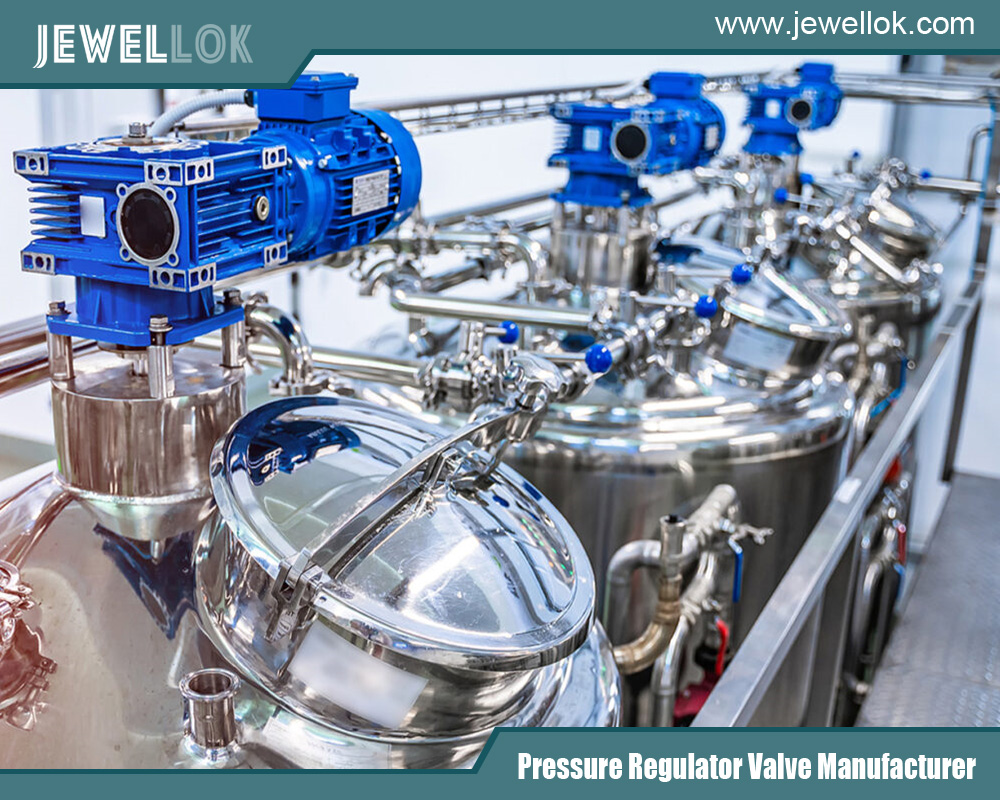
Conclusion
Excess flow control valves are vital components in various industries, enhancing safety by preventing leaks, explosions, and spills. Their ability to stop or restrict fluid flow in emergency situations minimizes potential hazards and financial losses, making them essential for pipelines, chemical plants, cryogenic systems, and storage tanks. However, careful selection, correct installation, and regular maintenance are necessary to fully harness their benefits and ensure long-term reliability. As technology evolves, EFCVs are likely to become even more efficient and versatile, continuing to play a pivotal role in industrial safety systems across the globe.
For more about understanding excess flow control valves: types, functions, and applications, you can pay a visit to Jewellok at https://www.jewellok.com/ for more info.
Recent Posts
How Does the Two-Stage Nitrogen Regulator Work?
How Does a Single-Stage Oxygen Regulator Work?
What is Exhaust Gas Cleaning System?
How Does A Low-Pressure Back Pressure Regulator Work?
How Does An Oxygen Gas Changeover Manifold Work?
How Does An Argon Gas Changeover Manifold Work?
How Does A Helium Gas Changeover Manifold Work?
How Does A Carbon Dioxide Gas Changeover Manifold Work?
How Does A Nitrogen Gas Changeover Manifold Work?
Tags
Recommended Products
-
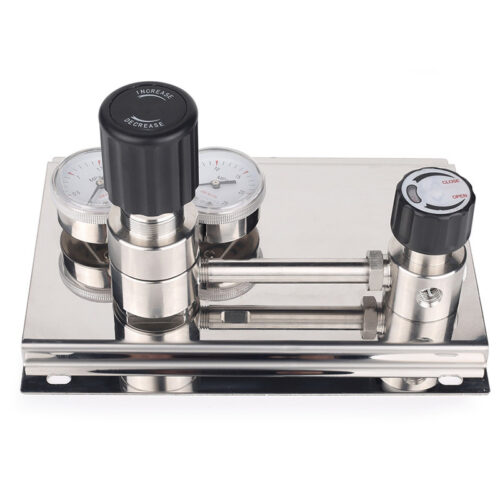
Stainless Steel Fully Automatic Gas Switchover Manifold System Automatic Gas Cylinder Switchover Co2 Cylinder Auto Changeover Controller
-
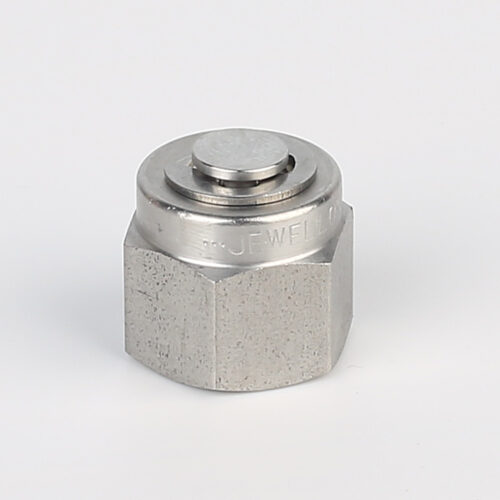
7121L Plug High Purity Plug Fitting And Blanking Plug
-
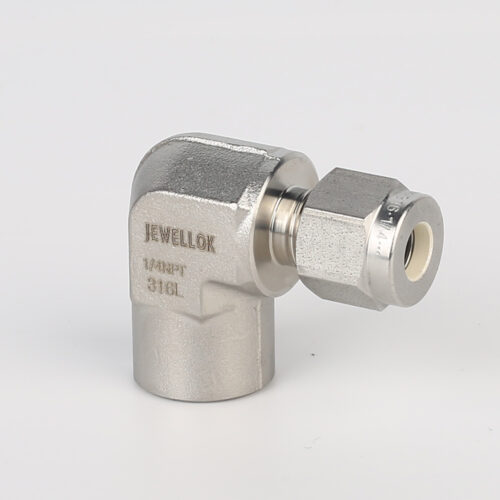
770L Female Elbow | Stainless Steel High Purity Weld Fittings Female Micro Elbow Fittings
-
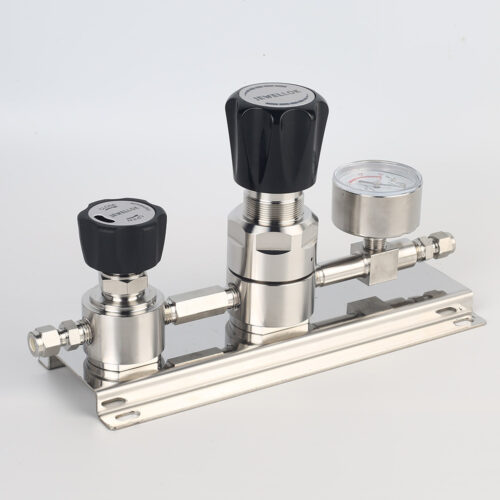
High Purity High Flow Pressure Control Regulators & Valves Gas Stick Assemblies JSR-2TG Series
-
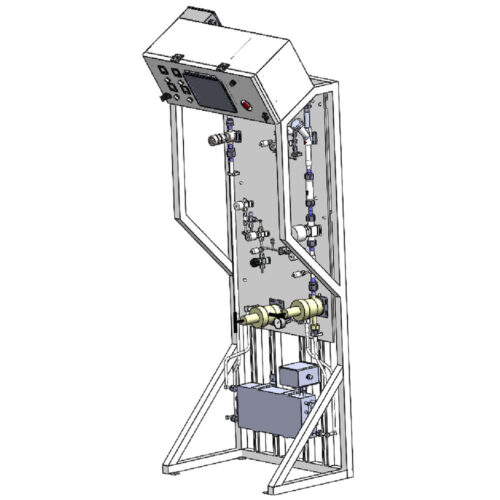
Semiconductor High Purity High Pressure Specialty Gas Bottle Gas Cylinder Storage Cabinet And Gas Pressure Regulating Cabinet
-
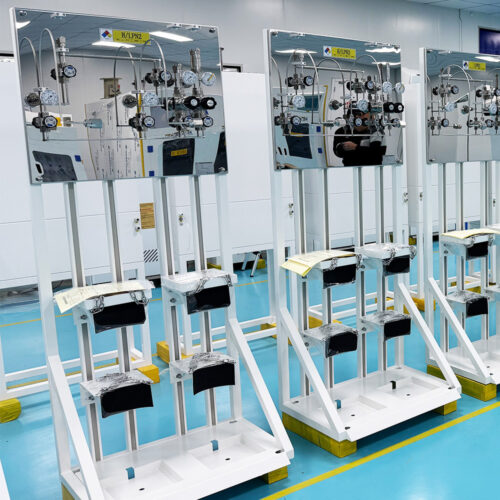
Semi-Automatic VMB Gas Cabinet With Semiconductor Valve Manifold Box Diaphragm Valves And Gas Pressure Regulators
-
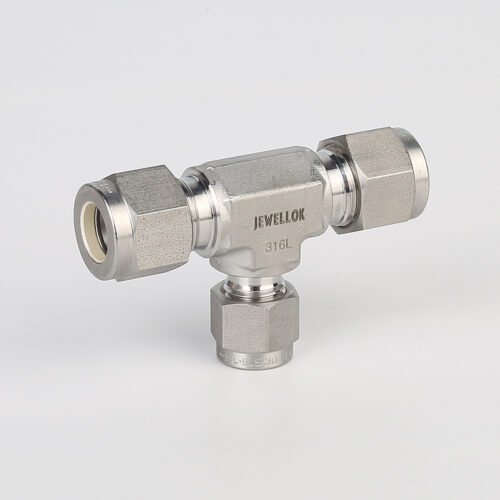
764LR Stainless Steel 316 Reducing Tee UHP Fitting Automatic Buttweld Reducing Tee
-
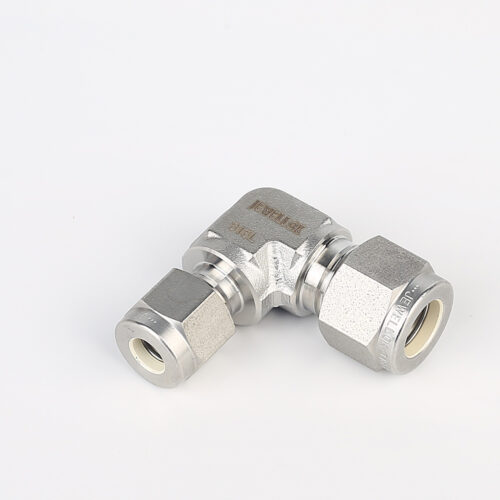
765LR Reducing Tee | Stainless Steel 316 High Purity Butt Weld Fittings Metal Face Seal For Welding Pipe Fitting Reducing Tee